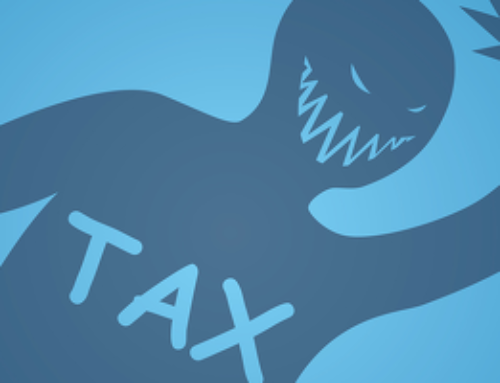Beginning In April a number of IRS notices began hitting mailboxes. Unfortunately, the notices are coming in cold, as the IRS is turning on mailing their notices after a long time of being turned off. Their process is creating a lot of undue alarm.
Example: A small business, current in their tax payments, receives a right to levy asset notice. In other words, pay this tax, interest and penalties or we will have the immediate right to take your assets and keep you from leaving the country. Typically a number of notices are sent before the levy notice, but the levy notice is the first notice received. Even worse, the cause of the problem was the IRS incorrectly applying their tax payment to tax year 2024 instead of 2023.
Example: An individual receives a notice of the IRS assigning their account to a collection agency. In reality, the taxpayer paid their tax and was waiting for the IRS to clarify what, if any, interest was due on their late payment. No response was ever sent by the IRS.
What is happening
The IRS turned its notice system back on after a long hiatus during the pandemic. Unfortunately, it appears no review or adjustments were made before the notices were turned back on. So,
- There was no correspondence back from taxpayers to clear up errors over this time period. These are errors the taxpayer did not know about because notices were turned off.
- The letter cycle clock never stopped. This means instead of getting the next notice in the series, you might receive the fourth or fifth letter in a series.
To make matters worse
In the first example, the IRS representative could see the payment, see it was erroneously applied to next year’s, as yet unfiled, tax return, but the IRS representative was not authorized to correct the error. After calling the department with authorization, the accountant learned the ability to transfer payments was disabled for up to 30 days.
Even worse, just because the error is now known, that communication does not necessarily get passed to the collections (levy ) group. So the levy activity may still be going on, even though the error (theoretically) is now known.
And these notices were mailed in April, right in the middle of tax filing season.
What to do
If you receive a notice, don’t panic, but don’t ignore it.
Call for help in order to respond to the IRS in a timely manner. This almost always means 30 days, so it can generally be handled right after the upcoming tax filing deadline.
Since little review appears to be done on many of these open tax cases, that missing step will typically be your first step to help clarifying and fixing the problem.







Leave A Comment